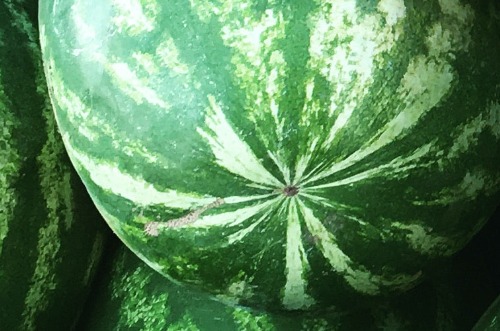
In W23 in the watermelon landscape, it was reported that Texas watermelon production in 2023 is expected to be average with increased acreage. Yields are average, ranging from 45K to 50K pounds per acre, but quality is lower due to May rains. There will be ample supply at markets. Also, Ukraine expects a higher watermelon harvest, leading to lower prices. Cultivation has expanded in previously occupied regions, and farmers in Rivne are growing watermelons as an alternative. Supply from Odesa and Kirovohrad also compensates for last year's shortage. Farmers in Kazakhstan's Turkestan region are shifting towards cultivating watermelons due to high demand. The region has already harvested about 7K tons of watermelons, with prices currently at USD 0.26/kg (KZT 120/kg). Watermelon cultivation areas have expanded, reflecting the crop's profitability compared to traditional cotton farming. On the other hand, the wholesale price of watermelon in Uzbekistan has dropped by a third in the past week, and current prices are 20% lower than last year. The average wholesale price is USD 0.18/kg, significantly lower than neighboring countries. The decrease in prices is expected to boost watermelon exports, potentially surpassing last year's record.
Weather conditions in Europe have improved, leading to higher demand and prices for watermelons (+3%). Watermelon exports were stagnant but picked up with temperatures above 20ºC. The average price of watermelons is around USD 0.44/kg (EUR 0.40/kg). Adverse weather in Spain has affected mini watermelon crops, causing European retailers to turn to Italian suppliers. Prices have increased due to limited supply. Quality is crucial, with retailers seeking watermelons with a minimum Brix value of 10. The season is expected to end in early September, with yields projected to be 40% lower YoY due to unstable weather. Lastly, watermelon imports to Georgia are approaching record levels of 2022. In April and May 2023, around 2,800 tons of watermelons were imported, primarily from Iran (77%) and Turkey (23%). Turkish suppliers have raised prices due to higher production costs, but the stronger Georgian currency has helped balance it. The local harvest will begin in July.





